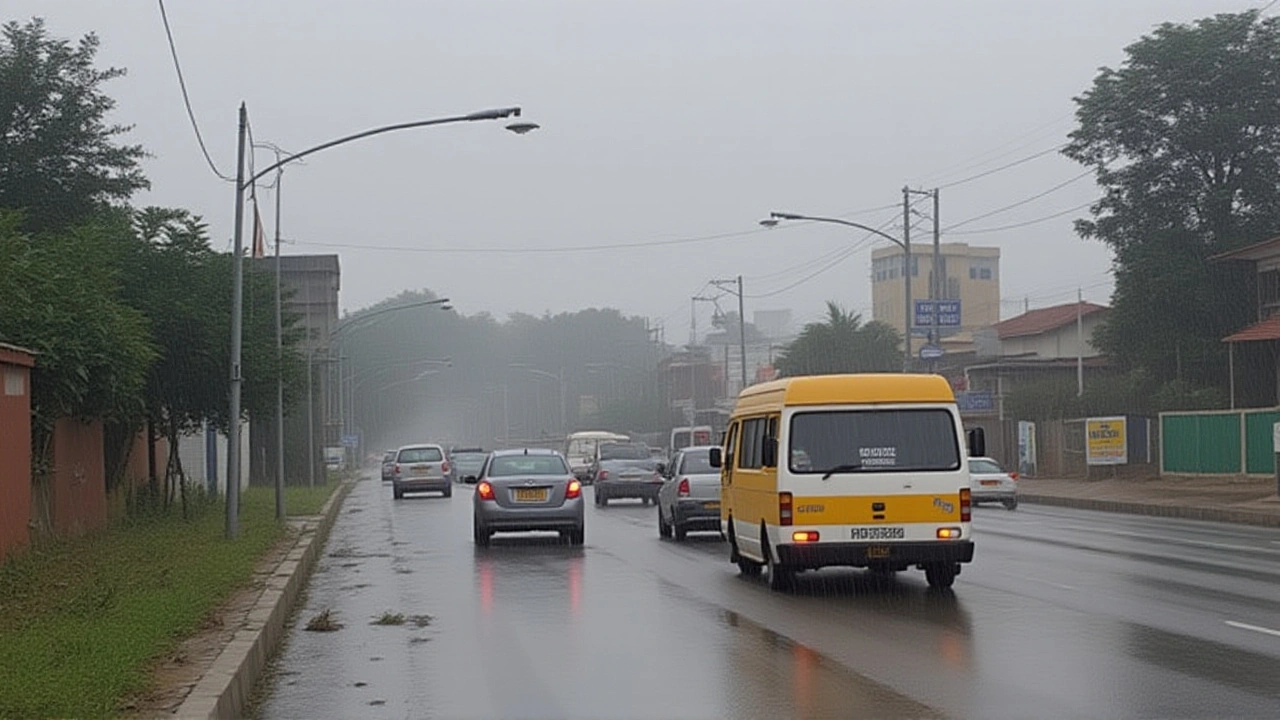Kenya Meteorological Department: Your Guide to Weather, Climate & Alerts
When you hear about the Kenya Meteorological Department, the government agency that tracks weather, climate trends and issues warnings across Kenya. It’s also called KMD. This department isn’t just a name on a building; it powers the daily forecasts you see on radio, the seasonal outlooks that farmers depend on, and the emergency alerts that keep towns safe during extreme events.
One of the core services KMD delivers is weather forecasting, the short‑term prediction of temperature, rain, wind and storms using satellite images, radar and ground stations. Forecasting feeds into everything from school schedules to flight plans. For instance, a sudden cold front detected by radar can trigger a shift in school start times, while a reliable rain forecast helps a tea plantation plan its irrigation. The accuracy of these forecasts depends heavily on climate change monitoring, the long‑term tracking of temperature rise, rainfall patterns and extreme weather events across the region. By comparing yearly data, KMD can spot trends like increasing drought frequency in northern Kenya and advise policymakers on water management strategies.
Beyond daily forecasts, KMD operates an early warning system, a network that sends real‑time alerts about floods, landslides and severe storms to communities, schools and disaster responders. When a river’s gauge shows rapid rise, the system automatically sends SMS warnings to villages downstream, giving residents crucial minutes to move to higher ground. This ties directly into rainfall analysis, where KMD examines hourly rain gauge data to predict flash floods. The synergy between forecasting, climate monitoring and warning alerts creates a safety net that reduces loss of life and property.
For farmers, the connection between these services is especially vital. Accurate seasonal forecasts let them decide whether to plant drought‑tolerant maize or invest in irrigation. Climate change reports guide long‑term decisions like switching to sorghum in areas where rainfall is becoming erratic. Meanwhile, early warnings can protect crops from unexpected heavy downpours that might cause soil erosion. KMD also partners with NGOs and research institutes to share data, ensuring that the latest scientific findings improve the tools used on the ground.
All this information shapes the articles you’ll find below. From deep dives into KMD’s satellite‑based monitoring techniques to real‑world stories of how early warning alerts saved communities, the collection gives you a practical look at how weather, climate and preparedness intersect in Kenya. Keep reading to see the latest updates, expert analyses and actionable tips that stem from the work of the Kenya Meteorological Department.
KMD Warns of Continued Rain, Cold Spell Across Rift Valley (July 22‑28)
Kenya Meteorological Department warns of rain, cold and cloudy conditions across the Rift Valley from July 22‑28, urging farmers and communities to prepare for showers and possible hailstorms.

